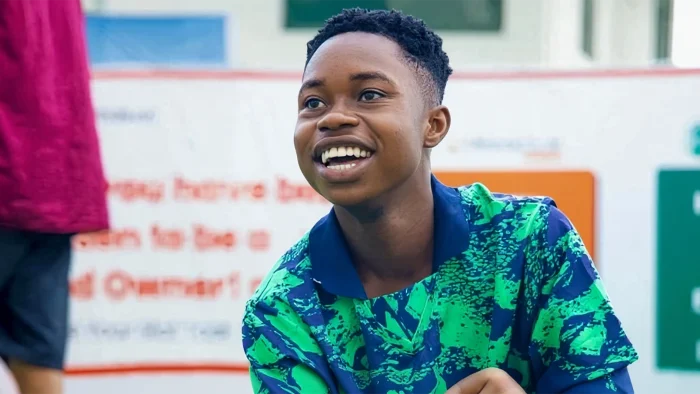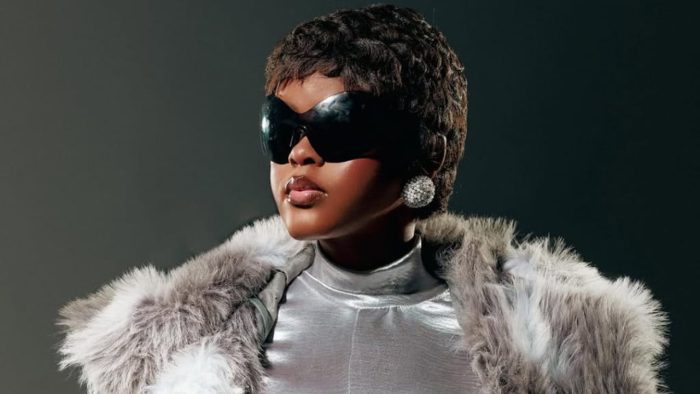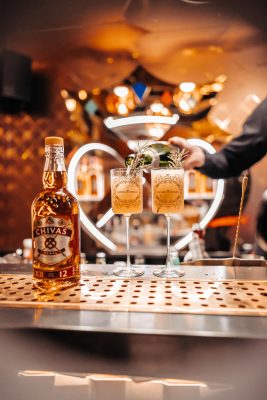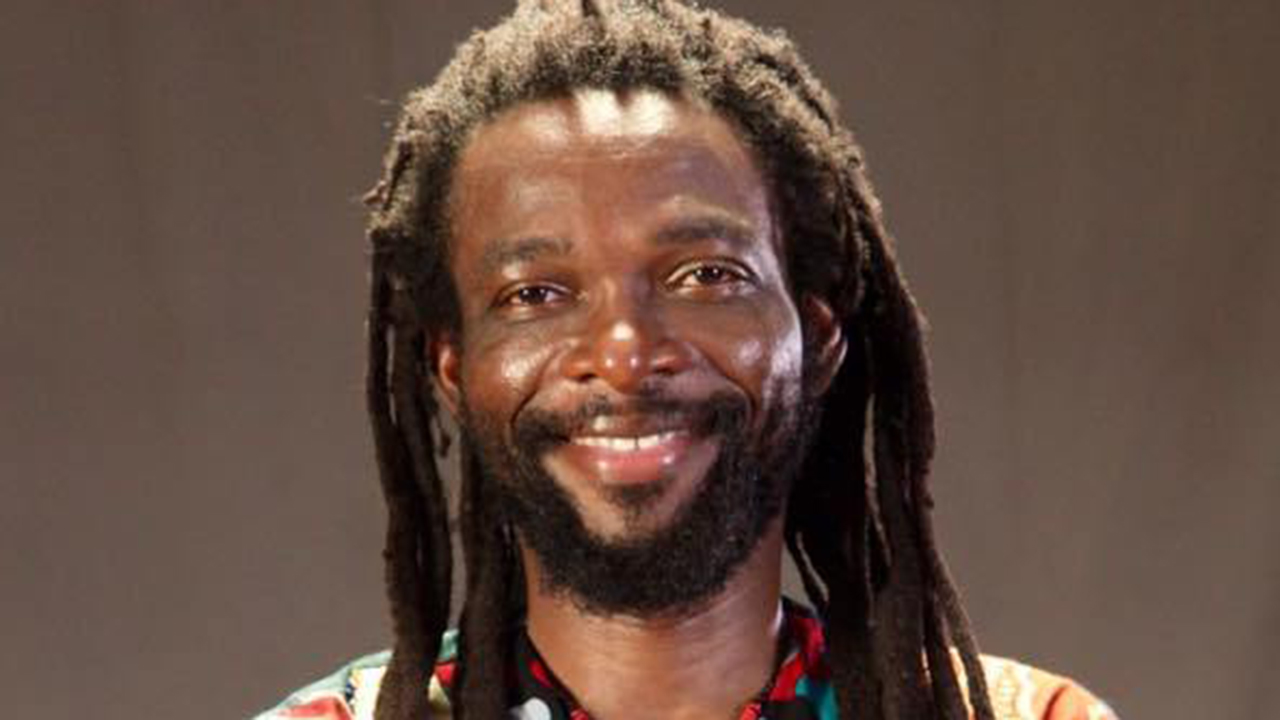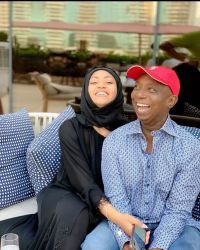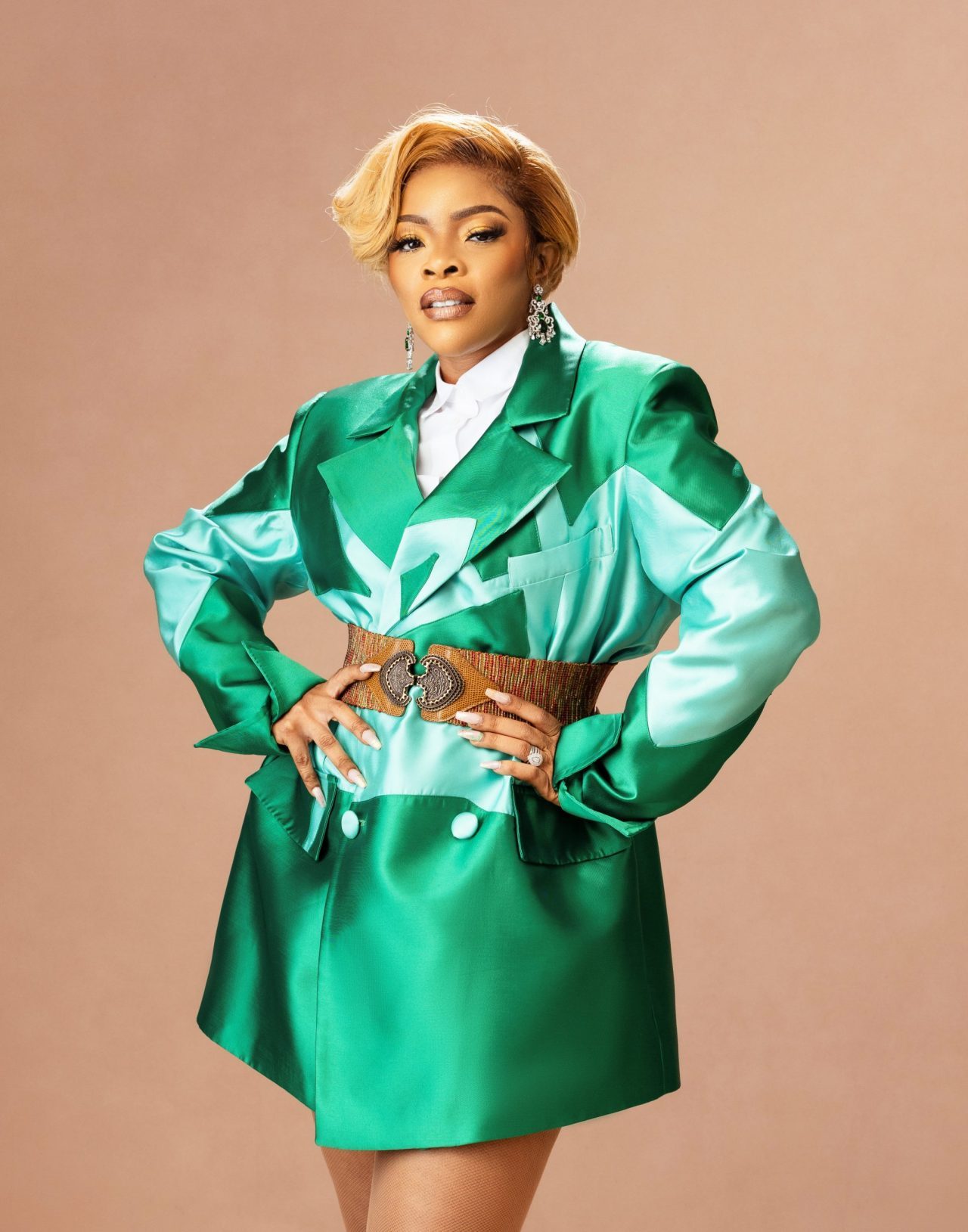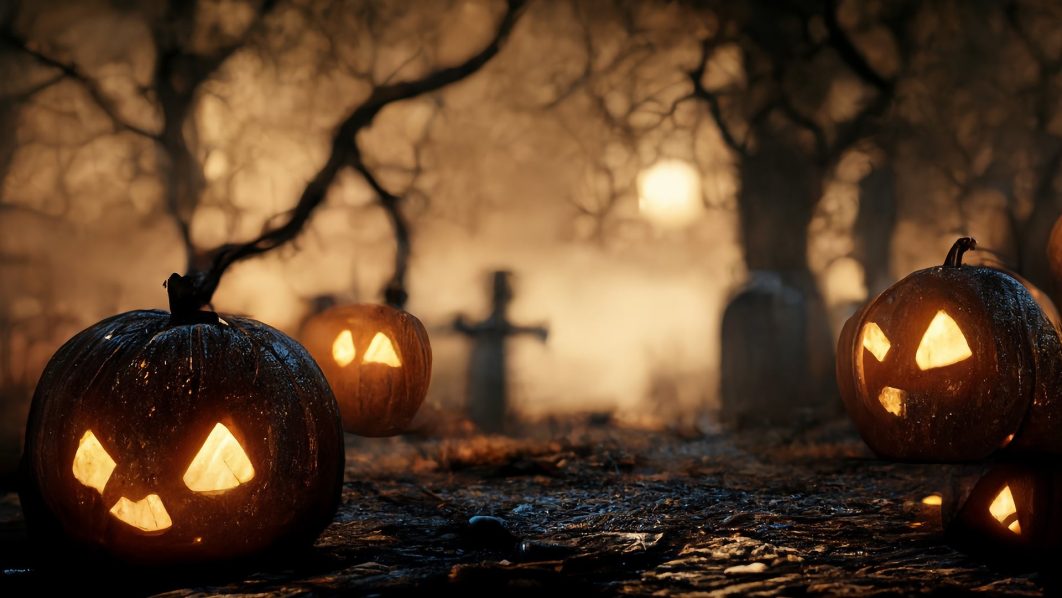
Halloween, a celebration marked by costumes, candies, and ghostly decor, has found its way into the hearts and traditions of people around the world.
[ad]
This enchanting holiday, with its roots in ancient Celtic festivals and Christian customs, has evolved into a beloved modern phenomenon that transcends cultural boundaries.
Let us delve into the history of Halloween, exploring its origins, beliefs, and transformations that have made it a prominent part of popular culture.
Origins of Halloween
Halloween’s history can be traced back over two thousand years to the ancient Celtic festival of Samhain. Celebrated on the night of October 31st, Samhain marked the end of the harvest season and the beginning of winter.
The Celts believed that on this night, the boundaries between the living and the dead were blurred, allowing spirits to roam freely. To appease these spirits and ensure a bountiful harvest in the coming year, the Celts lit bonfires, wore costumes made of animal hides, and offered food and drink to the wandering souls.
Christian Influence
As Christianity spread, the Church sought to integrate pagan traditions into its own religious calendar. In the 7th century, Pope Boniface IV declared November 1st as All Saints’ Day, a day to honour Christian martyrs and saints. The night before, October 31st, became All Hallows’ Eve, which later evolved into Halloween.
Beliefs and Superstitions
Over the centuries, Halloween gathered a plethora of superstitions and beliefs. It was believed that wearing costumes and masks would protect individuals from malevolent spirits. The custom of “guising” involved children going from house to house, reciting verses or songs in exchange for food or coins, an early precursor to modern-day trick-or-treating. Jack-o’-lanterns, initially carved from turnips, were used to ward off evil spirits, and the concept of fortune-telling and divination became an integral part of Halloween traditions.
Modern Halloween
Halloween found its way to North America through Irish and Scottish immigrants in the 19th century. Over time, it assimilated various cultural elements, including Native American and Mexican traditions. The modern American Halloween combines elements of harvest festivals, Celtic and European customs, and indigenous practices.
Today, Halloween is a vibrant and commercialized holiday, celebrated with fervor across the globe. It has become synonymous with costumes, candy, and creative decorations. People of all ages partake in festivities, from costume parties and haunted house tours to watching horror films. The spirit of Halloween encourages individuals to embrace their creativity and sense of fun.
Halloween has evolved from its ancient origins as a Celtic festival to become a dynamic and widely celebrated holiday. Its rich history, blending ancient superstitions and Christian influences, has contributed to the multifaceted celebration we know today.
While it still maintains its connection to the supernatural and the eerie, Halloween has also become a joyous occasion for people to come together, express their creativity, and enjoy the thrill of a good scare.
The roots of Halloween may lie in the past, but its presence in popular culture and contemporary practices ensures that it will continue to enchant and captivate generations to come.
[ad unit=2]


